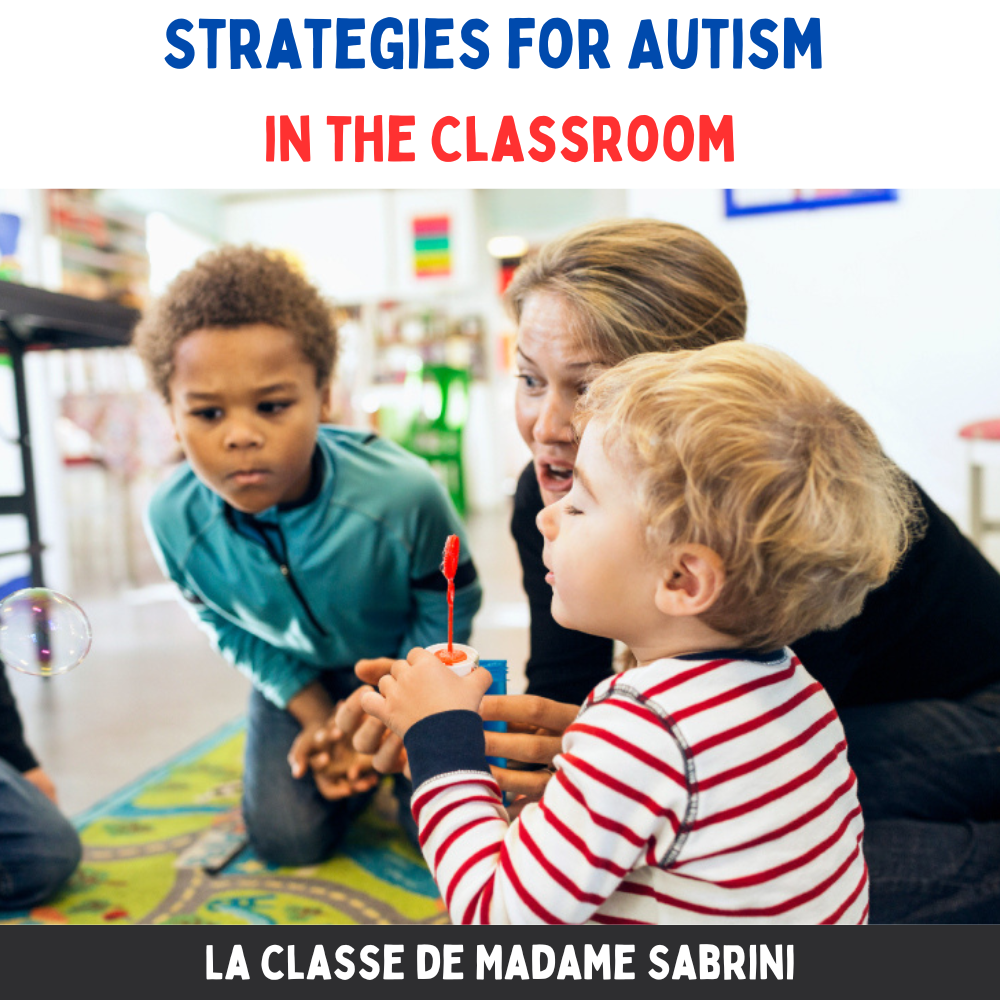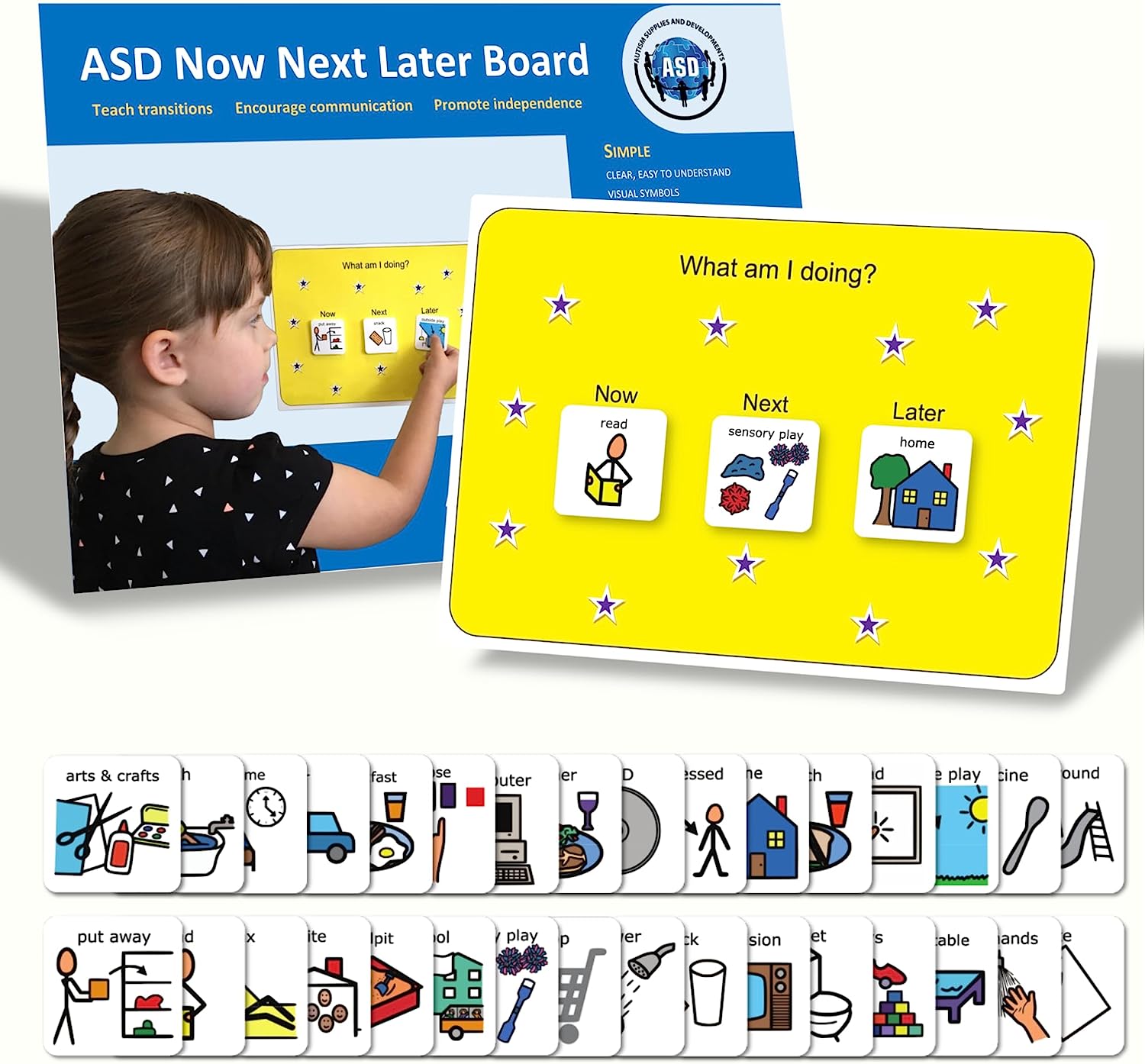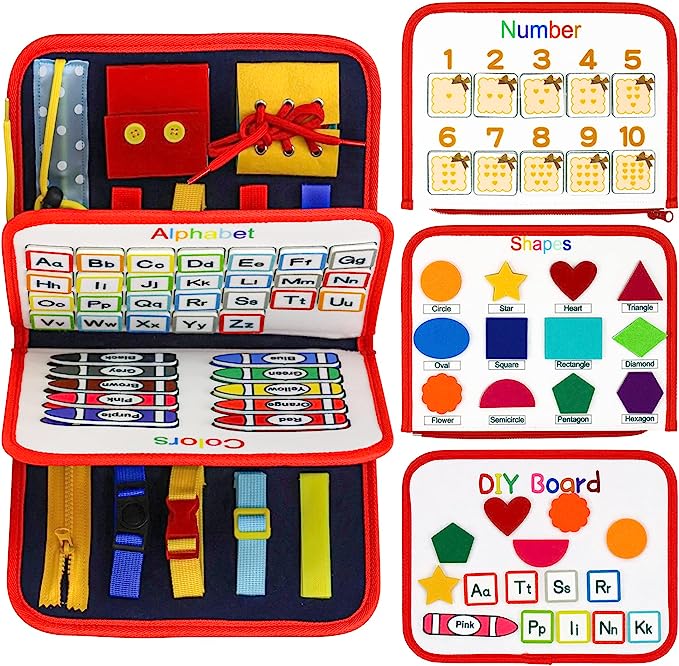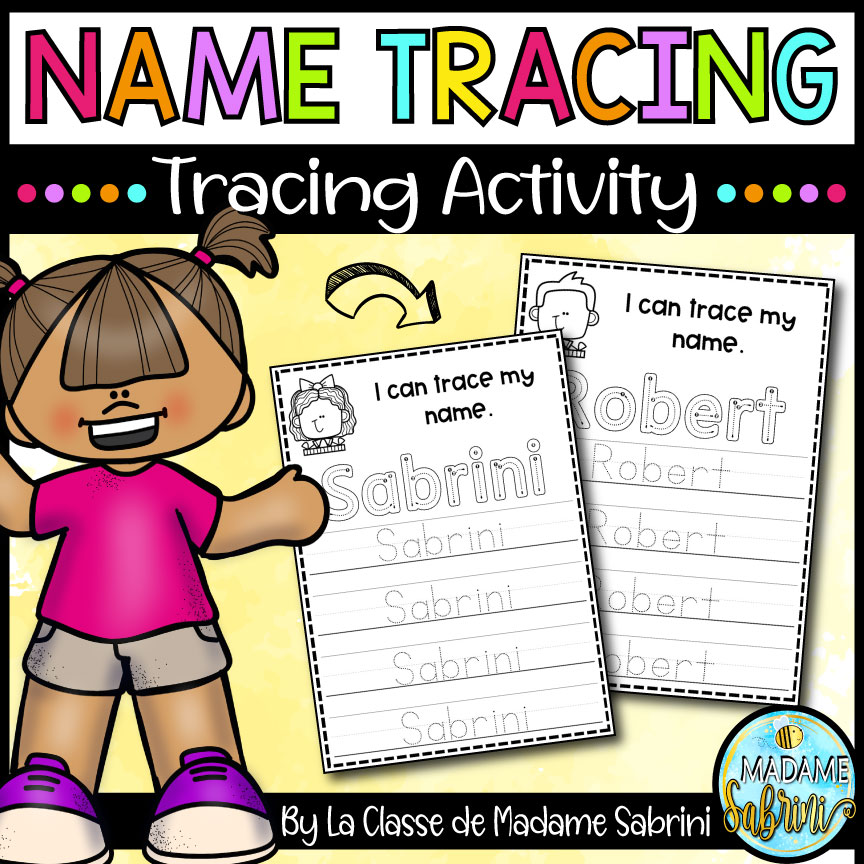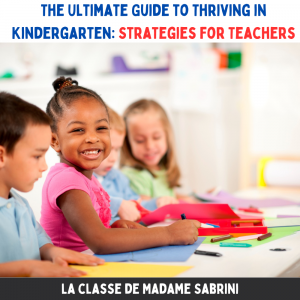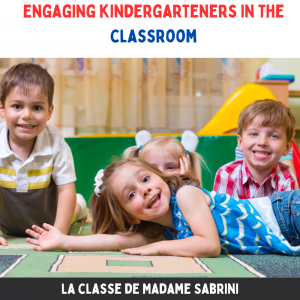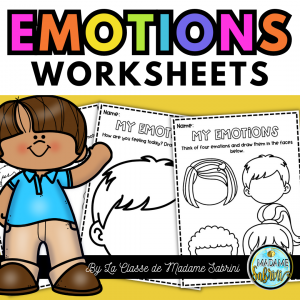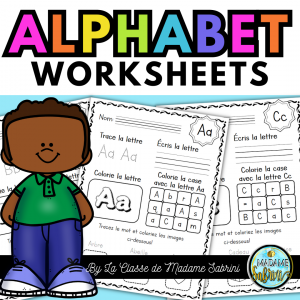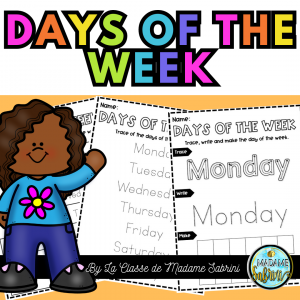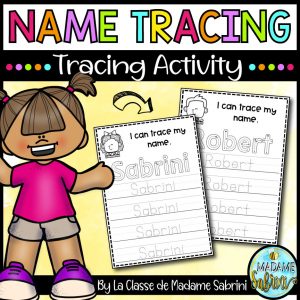This post may contain affiliate links which means I may receive a commission for purchases made through links. I will only recommend products that I have personally used! Learn more on my Private Policy page.
Creating a successful autism environment in your classroom can be a daunting task. However, it is possible to create an atmosphere that is positive and inclusive for those with autism spectrum disorder (ASD). This blog post will provide information and guidance on how to create an autism environment in the classroom that is welcoming and supportive of students with autism. We will discuss the importance of understanding ASD, the challenges associated with it, and the strategies and approaches that can be used to ensure a successful autism environment.
Understanding Autism
Autism, or Autism Spectrum Disorder (ASD), is a neurodevelopmental condition that affects a person’s ability to communicate, socialize, and interact with others. Each person with autism is unique, with varying strengths and challenges.
As a teacher, it’s important to understand and recognize the signs of autism so you can provide appropriate support and accommodations. Some common characteristics of autism include difficulty with social communication, repetitive behaviors, sensory sensitivities, and difficulties with transitions or changes in routine.
It’s also important to recognize that every student with autism has individual strengths and interests that can be utilized to promote learning and engagement in the classroom.
To better understand autism, educators can attend trainings, read books or articles, and seek out resources from reputable organizations. Understanding the nature of the condition can help inform effective teaching strategies and promote a positive learning environment for all students.

Creating a Positive Environment
Creating a positive environment is crucial when it comes to supporting students with autism. A welcoming and inclusive environment can foster their development and growth. As a teacher, it’s important to understand the specific needs of your students and tailor your approach accordingly.
One of the key startégies to creating a positive environment is to promote respect and understanding. This can be achieved through the use of positive language and avoiding stereotypes or assumptions about autism. Teachers should be aware of their own attitudes and behavior’s towards students with autism and take steps to create an atmosphere of acceptance.
Another important startégy is to create a calm and organized physical space. This means removing any distractions or overwhelming stimuli and providing a space where students can feel safe and comfortable. Consistency in routines and schedules can also help students with autism feel more secure and in control.
Teachers can also implement sensory-friendly teaching techniques such as using soft lighting, reducing noise levels, and providing opportunities for movement breaks. Providing access to sensory tools like fidget toys or weighted blankets can also be beneficial.
In summary, creating a positive environment for students with autism requires a mindful and intentional approach. By using a variety of strategies like promoting respect and understanding, creating a calm physical space, and incorporating sensory-friendly teaching techniques, teachers can support their students’ growth and development.

Classroom Strategies
As a teacher, it is important to implement effective teaching strategies to support students with autism in the classroom. Here are some strategies that have proven to be successful:
1. Visual Supports: Visual supports can be a powerful tool for students with autism, providing them with clear and consistent visual cues to help them understand what is expected of them. Visual aids like picture schedules, visual timers, and task analysis charts can be used to support their learning and promote independence.
2. Clear and Concise Instructions: Students with autism can struggle with processing information and can get easily overwhelmed. To support their learning, it is important to give clear and concise instructions and to break down complex tasks into smaller steps.
3. Sensory Supports: Students with autism may have sensory processing difficulties, which can cause distractions or make it difficult for them to focus. Providing sensory supports such as fidget toys, weighted vests, and noise-cancelling headphones can help students regulate their sensory needs and maintain their attention.
4. Peer Support: Students with autism benefit from social interactions, and providing opportunities for peer support can be an effective teaching strategy. Encouraging students to work in pairs or small groups, promoting positive social interactions, and teaching social skills can support their development and build their confidence.
By implementing these teaching strategies, teachers can create a supportive learning environment for students with autism. Remember, every student with autism is unique, so it is important to tailor strategies to meet their individual needs.
Collaboration with Parents and Caregivers
In order to create a successful autism environment in your classroom, collaboration with parents and caregivers is essential. Teachers can provide valuable insight into the progress of their students and can offer strategies for parents to use at home. Parents can also provide valuable insight into their child’s strengths and areas of need.
Strategies for collaboration with parents and caregivers may include regular communication through emails or parent-teacher conferences. Teachers can also provide resources and educational materials to parents to help support their child’s learning at home. Parents can also provide feedback to teachers about what strategies are working at home and what needs improvement in the classroom.
Additionally, teachers can involve parents and caregivers in the development of their child’s Individualized Education Program (IEP) to ensure that goals are aligned with both home and school environments. Collaboration can also help to promote consistency in teaching strategies, as parents can reinforce strategies used in the classroom at home.
Overall, collaboration with parents and caregivers is crucial in creating a positive and successful autism environment. By working together, teachers and parents can help to ensure that the needs of their students are met both in and outside of the classroom.
Communication and Sensory Needs
As a teacher, it’s important to understand that students with autism may have difficulty with communication and sensory processing. By creating a classroom environment that takes these needs into consideration, you can help your students feel more comfortable and supported.
One key aspect of communication is understanding that not all students with autism may communicate in the same way. Some may be nonverbal, while others may struggle with social cues or maintaining conversations. It’s important to have a variety of teaching strategies that accommodate these differences. For example, using visual aids, such as pictures or diagrams, can be helpful for students who struggle with verbal communication. Similarly, incorporating technology, such as communication apps or programs, can also be beneficial.
In terms of sensory needs, students with autism may be hypersensitive or hyposensitive to certain sensory stimuli, such as sounds, lights, or textures. Creating a classroom that is sensitive to these needs can help reduce anxiety and discomfort. For example, allowing students to use noise-cancelling headphones or dimming the lights during certain activities can be helpful for those who are hypersensitive. Similarly, providing fidget toys or allowing movement breaks can be beneficial for students who are hyposensitive and need extra stimulation.
Overall, understanding and accommodating communication and sensory needs is crucial for creating a positive and supportive classroom environment for students with autism. By using a variety of teaching strategies and incorporating sensory accommodations, you can help your students feel more comfortable and successful in their learning.
Incorporating Visual Aids and Technology
When it comes to creating a successful autism environment in your classroom, incorporating visual aids and technology can make a big difference. These tools can help support learning and communication for students with autism, and can also enhance the overall learning experience for all students.
As a teacher, there are many different teaching strategies that you can use to incorporate visual aids and technology into your classroom. One popular strategy is to use pictures, diagrams, and other visual aids to support instruction and help students understand concepts more clearly. For example, you might use a visual aid to help students understand how to complete a task or navigate a complex problem.
Technology can also be a valuable tool for teaching students with autism. For example, you might use software or apps that allow students to interact with material in a hands-on way, or you might use video or audio recording tools to help students review and reflect on their work.
Of course, incorporating visual aids and technology requires careful planning and consideration. You’ll need to consider the individual needs of each student, and you’ll need to choose the right tools and strategies to support their learning. You’ll also need to make sure that any technology you use is accessible and easy to use for students with different levels of ability.
In the end, however, the effort you put into incorporating visual aids and technology can pay off in big ways. By making your classroom a more inclusive and engaging environment, you can help your students with autism thrive and reach their full potential.
Promoting Social Skills Development
Autism can impact an individual’s social skills, making it difficult for them to communicate effectively, initiate interactions, and develop friendships. As a teacher, it’s important to promote social skills development in your students with autism. Here are some effective teaching strategies to try in your classroom:
1. Model Social Behavior: Teachers can model appropriate social behavior and language in various situations to show their students what is expected. They can also encourage students to observe and learn from their peers’ social behavior.
2. Role Play and Practice: Role-playing and practicing social interactions can be beneficial in improving social skills. Teachers can set up social situations for their students and have them practice how to respond or interact appropriately.
3. Social Stories: Social stories are short stories that can help children with autism understand social situations and how to behave appropriately in them. Teachers can create or find social stories to read to their students and discuss with them.
4. Use Visual Aids: Visual aids such as pictures, drawings, and videos can be helpful in explaining social situations and concepts. Teachers can use these aids to supplement their lessons and help students understand social cues and behaviors.
5. Group Work: Group work can help students with autism learn social skills by providing opportunities to work and interact with their peers. Teachers can create small groups or partner students with classmates who can act as social models.
Remember that every student with autism is unique and may have different social needs and abilities. Teachers should use a combination of teaching strategies to meet each student’s individual needs. By promoting social skills development, teachers can help their students with autism become more confident, successful, and socially connected individuals.
Celebrating Differences and Inclusion
As a teacher, it is crucial to create a classroom environment that not only accommodates the needs of children with autism but also celebrates their unique abilities and strengths. One of the best ways to do this is by promoting an atmosphere of inclusivity and acceptance. When students with autism feel included and valued in the classroom, it can do wonders for their confidence and overall sense of well-being.
One of the most effective teaching strategies for promoting inclusion is to focus on students’ strengths. For children with autism, these strengths can often be found in their particular interests or areas of expertise. Teachers can incorporate these interests into classroom activities and discussions, making the child feel appreciated and valued. This not only helps the student feel included but also encourages classmates to see them as a valuable member of the classroom community.
Another way to promote inclusion is by teaching the importance of acceptance and understanding of differences. Children with autism often experience feelings of isolation and exclusion from their peers due to their differences in social skills and behaviors. By discussing and acknowledging these differences in a positive light, students can learn to accept and embrace them, rather than ostracizing or bullying individuals with autism.
Finally, celebrating differences and promoting inclusion can be achieved by encouraging students to work together in collaborative group projects. This helps students learn how to interact and communicate effectively with one another, regardless of differences in learning styles or behaviors. It also provides an opportunity for students to develop teamwork skills, which are invaluable in real-world settings.

